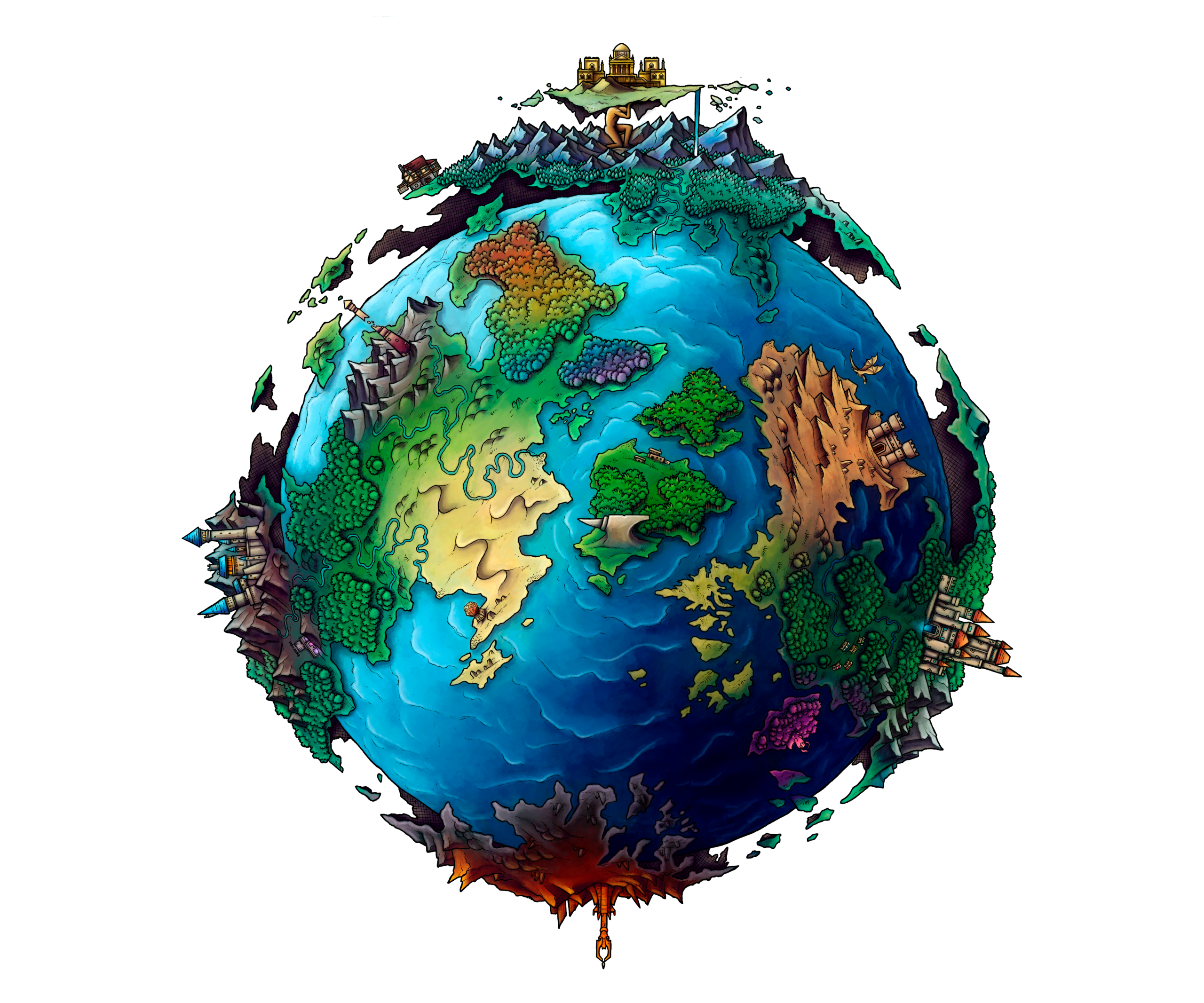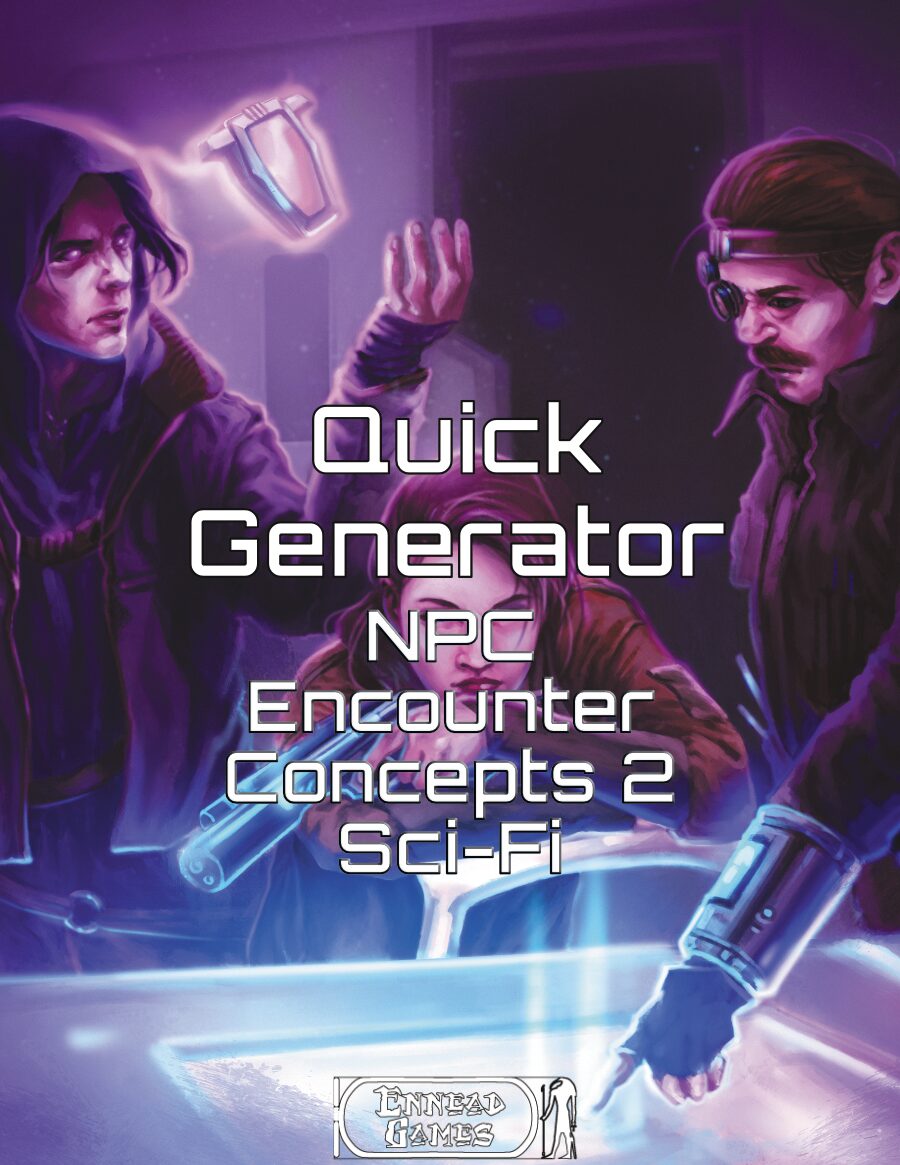
As I said last week, today I’m covering the calendar of Easthalen. The calendar feature is something available to those at the master level membership, as it is not something everyone would need, but is quite good and handy for many campaigns.
Creating a calendar, assuming you have access is like many things on World Anvil both simple and complex/detailed at the same time. Simple in that the process can be done at a basic functional level, complex in that the more you work with it, the more you can do and the more complex things become. The older version of the calendar is available to be read and is what I’ll be recreating here. For the most part it will be the same as before, but I’ll be needing in the new version of the world before I really start adding in historical events and so forth.
Having a calendar I feel is something that helps bring more life and increases immersion in your world and story, but my advice is to keep things simple, even if you just rename the days/months etc and use a calendar system you are familiar with, at least to start with.
Within the calendar system, you can add months and days, celestial bodies like moons if they are present and regular events. Due to the way WA links things together and adds to the time line etc, this is why I suggest getting the foundations of the timeline and calendar done first, but, as with anything, if doing things differently works better for you then do it that way, this is just my process.
In Easthalen, the calendar system, also known officially/legally as the Halenic calendar, has the following properties:
- 12 months of 30 days each, for 360 days in the year
- 7 days in the week
- Each day is approximatly 24 hours
- 4 moons – There used to be 5, but that became a ring that can only be viewed in certain locations – more on this in a future post.
This was done to keep things simple in my game for both me and my players – having to translate the days/weeks can be fiddly at time and a simple system makes it easier for everyone. As a tip you could have both an “unoffical” and “legal” calendar naming convention, where the unofficial one is things like Monday the 12th July 1467, but on legal documents or matters of state it would use the customised names/terms.
For the days its (almost) a direct translation , with the suffix “das” at the end
- Monday = Mondas
- Tuesday = Tuedas
- Wednesday = Weddas
- Thursday = Thrudas
- Friday = Fridas
- Saturday = Satdas
- Sunday = Sundas
The months, 12 in total are named after the 12 main deities, Halen excluded.
- Ediuan (January)
- Meavona (February)
- Tembius (March)
- Aerna (April)
- Belia (May)
- Chaloe (June)
- Deklan (July)
- Chekchek (August)
- Meki (September)
- Splia (October)
- Fruidwin (November)
- Galiang (December)
For each entry for days is enough to just put their names for now. For months each requires a name, length (30 days in this this case) and quick description – I’m using this section to show what the earth eqivalent would be.
As entries are made, the calendar at the bottom of the page poulates – you may have to save to get this working.
Now this is done the last part, the celstial objects, the moons. As mentioned before there are , or rtaher were, 5 moons to start. One of them in an early time period became a ring.
The four moons are:
- Albias
- Berona
- Chamala
- Doctrana
For each of these, there are various entries and properties to be filled in such as name, cycle, shift and so on, along with names for the various stages – these are pre-filled with the names of pahses as for luna/the moon but they can be customised if so desired. For this, i’ll be leaving them as they are.
The last stage is to share or embded this to its own article page. Doing it this way allows other pages etc to reference it easy AND have it viewed. You may not need to have the calendar viewable, but having it is still, imo quite important. The calendar should now show the various months, days and moon cycles.
Next time i’ll be covering the celestial objects and their rather curious nature…
Easthalen – My homebrew campaign world
Want to know more about World Anvil? (Affiliate Link)
World/Logo Image – The World Anvil World by Caeora



